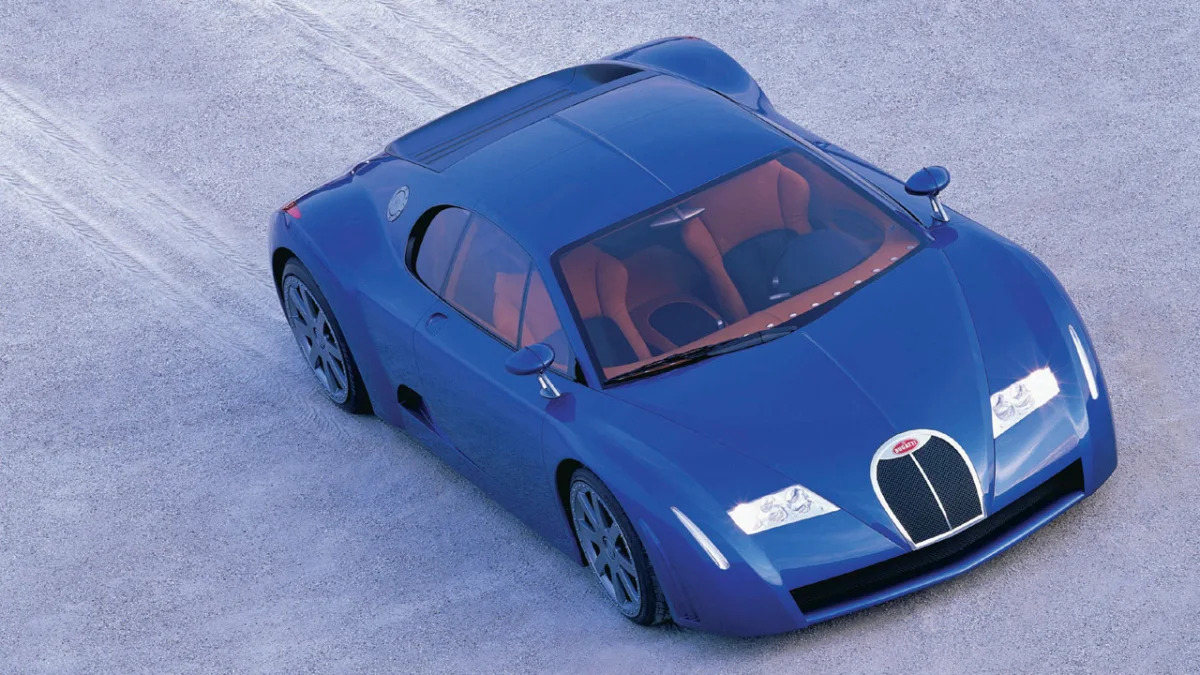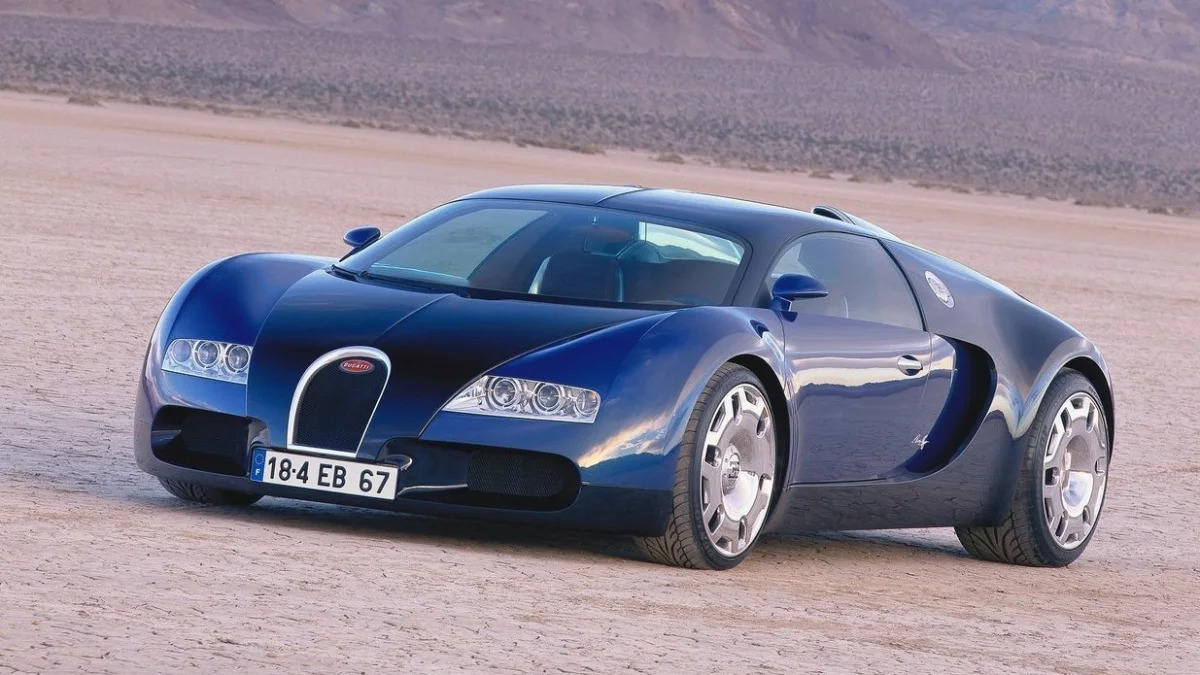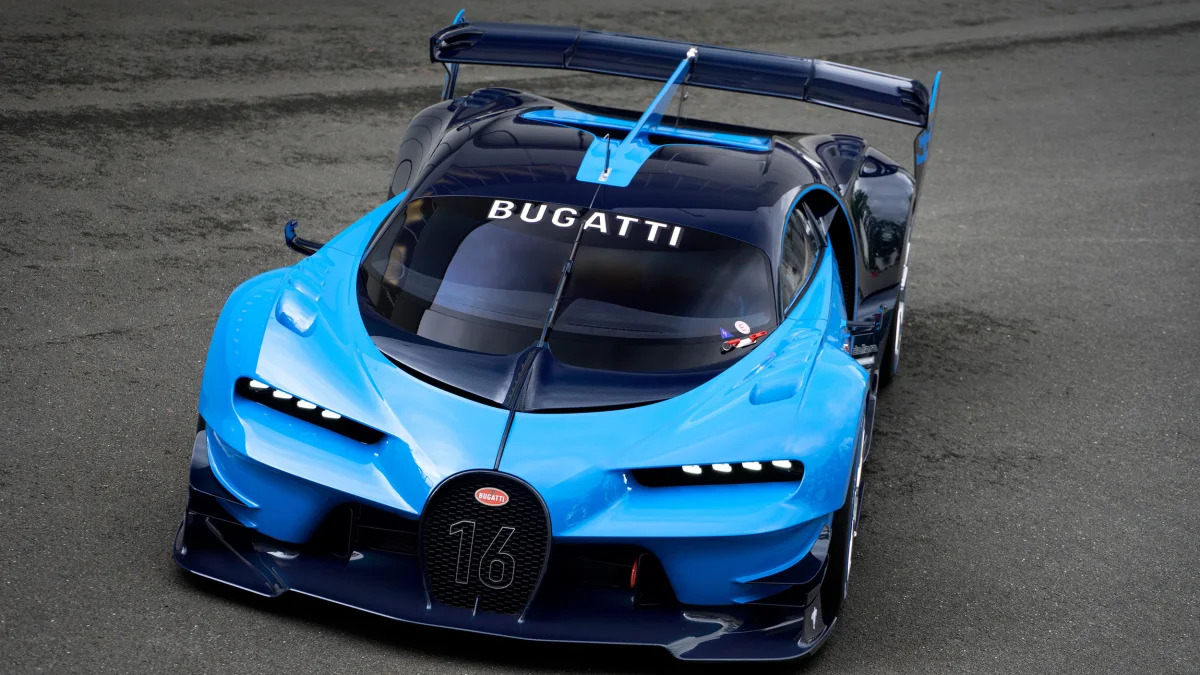From Chiron to Chiron: The Evolution of the Modern Bugatti
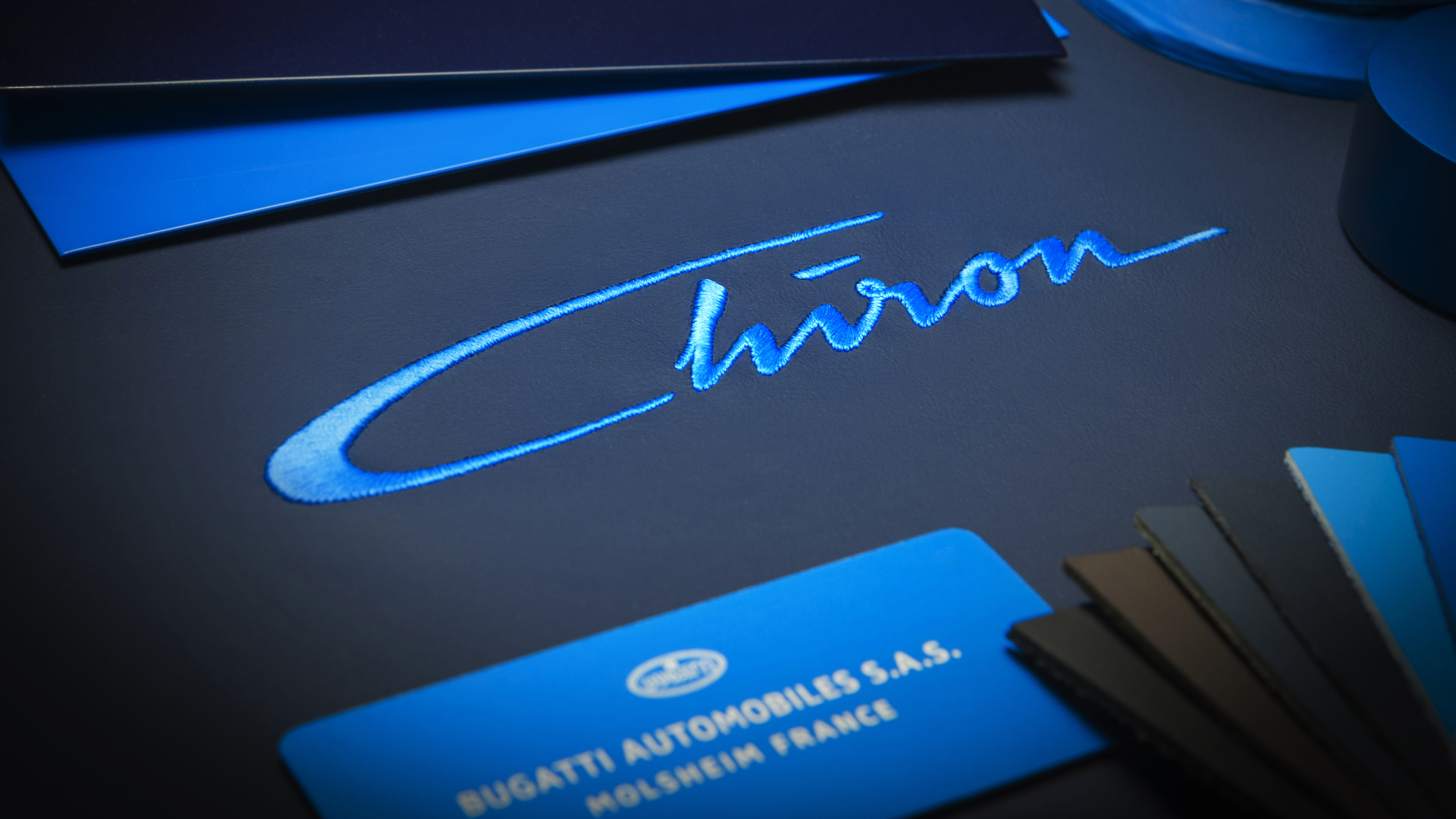
-

- Image Credit: Bugatti
A Supercar Decades in the Making
Bugatti took the veil off the new Chiron just a few weeks ago, and in the process put the lid on years of anticipation. But the 1,500-horsepower supercar's gestation didn't just happen overnight. It's the product of nearly two decades of continuous development.
The roots of the marque trace back to the dawn of the automobile around the turn of the previous century when Ettore Bugatti founded the company in 1909. Not unlike Ferrari or McLaren that would follow decades later, Bugatti made its name by simultaneously engineering the most victorious racing machinery for the circuit and the most coveted automobiles for the road.
Bugatti won the very first Monaco Grand Prix in 1929, the 24 Hours of Le Mans twice, and the legendary Targa Florio five years running. All the while, it created some of the most graceful grand tourers in the world, like the elusive Atlantic, the Type 57 on which it was based, and the Type 41 Royale that was quite literally fit for kings and queens. The company even dabbled in locomotives and airplanes, but the death of Ettore's son Jean in a crash while testing one of the company's prototypes and the outbreak of World War II closed the first chapter in the company's long history.
Several attempts were made at reviving the marque in the decades since, most notable among them the effort lead by Romano Artioli that yielded the quad-turbo, twelve-cylinder EB110 in the 1990s. But it wasn't until the Germans stepped in that things got suitably serious. Volkswagen acquired the rights to the Bugatti brand in 1998, moving its base from Modena in the heart of Italy's Supercar Valley back to its historic home at Molsheim in Alsace.
The greater challenge the Germans faced, however, would be to surpass Artioli's EB110 and return the marque to its former glory. Needless to say, they hit their targets and kept the accelerator pinned to the floor. Join us for a high-speed run down a memory lane, propelled by turbochargers, a ridiculously high number of cylinders, and even higher output figures as we track the development of Bugatti's latest – from the Chiron concept of 1999 to the production Chiron hypercar of today.
-
- Image Credit: Bugatti
1999: Bugatti 18/3 Chiron Concept
Those with memory long enough will recall that this isn't the first time that Bugatti has revived the name of legendary Monegasque racing driver Louis Chiron. The first came in the form you see here. Dubbed the Bugatti 18/3 Chiron, it was the final member of a trio of concept cars that Volkswagen commissioned from Italdesign. But where the EB118 was a front-engined grand tourer and the EB218 a sedan, the 18/3 Chiron took the form that Bugatti would more closely follow.
The mid-engined, all-wheel drive supercar concept placed at its heart a similar engine to the production unit that would follow – albeit with a few vital differences. The Chiron's prototype powerplant had eighteen cylinders instead of sixteen, distributed between three cylinder banks instead of four, no turbochargers, and an output of "only" 550 horsepower instead of over a thousand. Still, it was a design promising enough for the reborn Bugatti to continue pursuing, and a name compelling enough to be taken back out of the archives and dusted off nearly two decades later.
-
- Image Credit: Bugatti
1999: Bugatti 18/4 Veyron Concept
Following the trio of Giugiaro-penned concepts, Bugatti designed a fourth in-house and unveiled it at the 1999 Tokyo Motor Show – far away from the Paris, Geneva, and Frankfurt shows where its predecessor concepts were presented. It bore the name Veyron (after another one of the marque's pre-war racing drivers) and adopted another variation of the W engine.
The Veyron concept kept all eighteen cylinders, but this time split between four banks – one Vee inside another – instead of three. The design, as you can see, was much closer to the production Veyron that followed, with few minor differences hewn over the course of the next six years before the finalized form and all its components were ready to start production.
-
- Image Credit: Bugatti
2005-2015: Bugatti Veyron
With the enormous engineering resources of the Volkswagen Group brought to bear and seemingly insurmountable obstacles overcome, the Bugatti Veyron 16.4 finally entered production late in 2005. Its monstrous 8.0-liter quadruple-turbocharged W16 engine produced a thousand horsepower and propelled the coupe to a world-record top speed of 254 miles per hour. But that was just the start.
Bugatti followed up with the Grand Sport in 2009, giving the Veyron a removable hardtop to make it the fastest roadster in the world – reaching the same speed as the coupe with the roof in place, or 229 mph with it off. A more powerful and even faster Super Sport arrived in 2010, boosting output up to 1,200 hp and the top speed to 268 mph. The best of both worlds emerged in 2011 in the form of the Vitesse, packing the engine from the Super Sport and the body of the Grand Sport.
By September 2011 – six years after it entered production – Bugatti had finished producing every last one of the 300 Veyron coupes it set out to build, and by the end of last year, it sold the last of the additional 150 roadsters. The one pictured in the foreground above is the very last example – a Vitesse roadster dubbed La Finale – in front of the first production Veyron coupe made ten years prior.
Bugatti Veyron Information
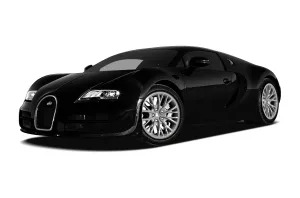
-
- Image Credit: Bugatti
2015: Bugatti Vision Gran Turismo
With the Veyron's production run sold out, Bugatti gave us a taste of things to come when it unveiled its Vision Grand Turismo concept at the 2015 Frankfurt Motor Show. Designed for the virtual reality of Gran Turismo 6, the concept closely previewed the production model that would follow – albeit with a smattering of competition-spec appendages attached. The company's considerable pre-war grand prix racing pedigree aside, we knew at the time that its elite clientele wouldn't go for all the go-fast add-ons, but we couldn't anticipate just how closely the Vision Gran Turismo concept would preview the production Chiron to follow until we saw it in the flesh at the Geneva Motor Show just last month. -
- Image Credit: Bugatti
2016: Bugatti Chiron
Though it might have seemed unthinkable only a few years ago, the House That Ettore Built successfully replaced the Veyron last month in Geneva with an even more astounding feat of engineering. The Chiron bears an updated take on the preceding Veyron's shape, albeit with its own strong styling elements like the pointier nose and swept-rectangular lights, and squeezes even more juice out of that enormous engine. Two of the conventional, exhaust-driven turbochargers were replaced by electric ones that leave no lag in spooling up, and the output was increased to a scarcely believable 1,500 horsepower.
The result, according to the manufacturer, is a top speed pegged at 288 miles per hour, although it will be electronically limited to “just” 261 mph to keep it from altering the earth's rotation.
This time, Molsheim has set out to build 500 examples. And you can bet there will be more versions to follow: don't be surprised to see a roadster version of the Chiron to arrive in a couple of years, and an even more powerful variant after that. And you can bet the $2.5-million sticker price that there'll be more special editions as well. So while you shouldn't expect to see many around your neighborhood, this won't be the last you'll see of the Bugatti Chiron on these pages.
-
- Image Credit: AOL On
Bugatti Chiron Hypercar | Autoblog Minute
Bugatti Chiron, the world's most powerful production car, revealed at the 2016 Geneva Motor Show.
